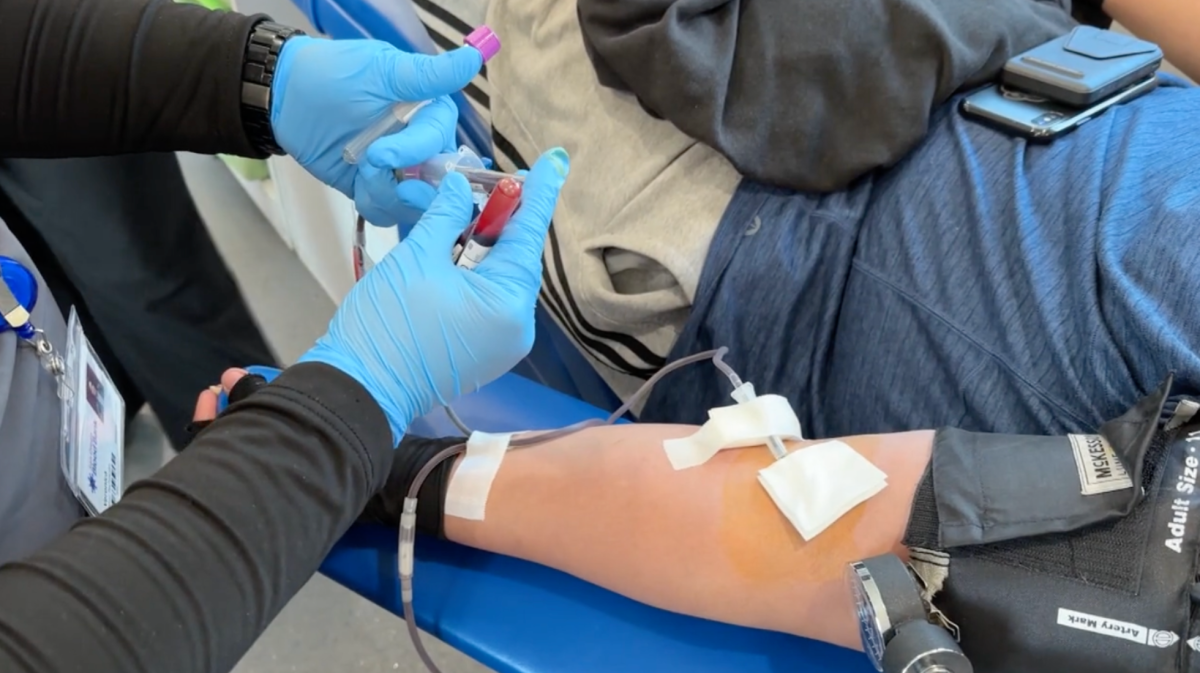Back in March, instructor Ruby Wilson asked me and the other students in her aerobic dance class to complete a chart of all the food they were consuming in a week.
I smiled. Confident that this was the easiest homework in all my classes, I started my new task, making sure I wrote down even the gum I was chewing, as she requested.
But when I returned my paper the following week, I was surprised to see how many calories I had put into my system. It turned out the “healthful foods” I thought I had been eating were just as fattening as the junk food we had replaced.
In the class, half the students appear to have weight problems – not only people around my age of 44, but younger students, as well.
Even pre-schoolers are affected nowadays. The Journal of the American Medical Association says that the current generation of children in America may have shorter life expectancies than their parents.
Personally, I had gained 50 pounds and three sizes in three and a half years of school, with excuses such as “maybe I’m stressed,” or “I have to eat calories in order to stay awake and finish my homework,” or “my metabolism is not working properly.”
Indeed, it is true that metabolism slows by 5 percent every decade. But that’s no excuse for not exercising.
“Compared to age 25, you’ll burn about 100 fewer calories a day at 35 and 200 fewer at 45,” Woman’s Health Magazine says. “Do nothing and you could gain 8 to 12 pounds a year.”
Obesity is a growing trend in this country due to the abundance of food and lack of exercise. Millions of Americans have extra pounds and inches on their waists.
According to the Center for Disease Control and Prevention, “Overweight and obese individuals are at increased risk for many diseases and health conditions including the following: hypertension, osteoarthritis , dyslipidemia , type 2 diabetes, coronary heart disease, stroke, gallbladder disease, sleep apnea and respiratory problems and some cancers.”
The National Center of Health Statistics says 65 percent of American adults are obese or overweight. In the past 30 years, 2 billion diets have been started in the United States.
But even with all this information, the reality is that we are too busy to take care of ourselves, and many of us low-income parents cannot afford healthful meals on our limited budgets.
We follow the “poor diet” – anything that allows you to feed your family, without risking your rent – which often includes lots of junk food. For some of us, unhealthful foods are also part of our culture.
At the end of the semester, students like me are stressed out by finals and have even less time to worry about food. It is our responsibility, however, to start thinking about our health. We must drink more water, take the stairs instead of the elevator, and drop the junk food in favor of the healthy snacks.







